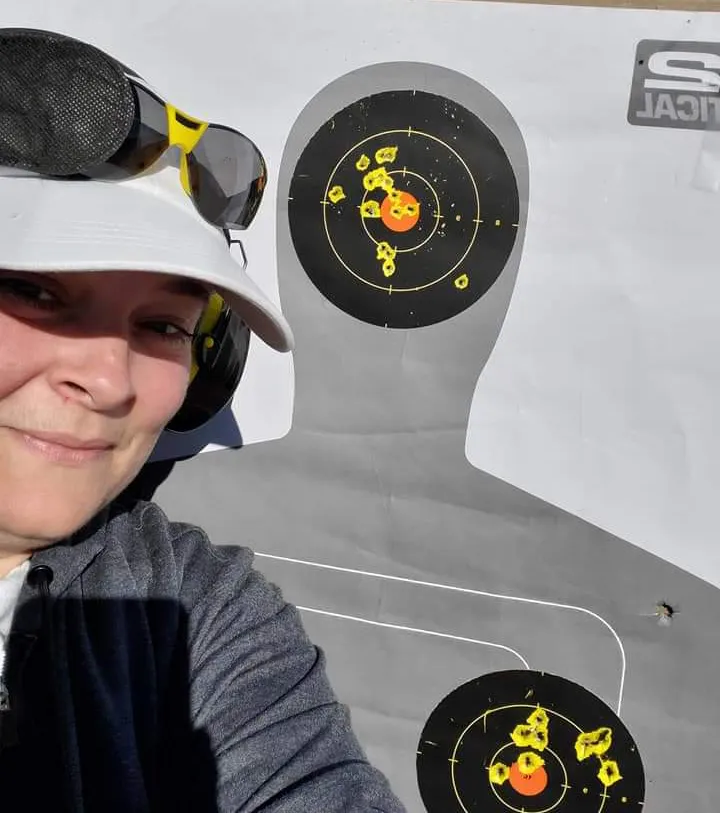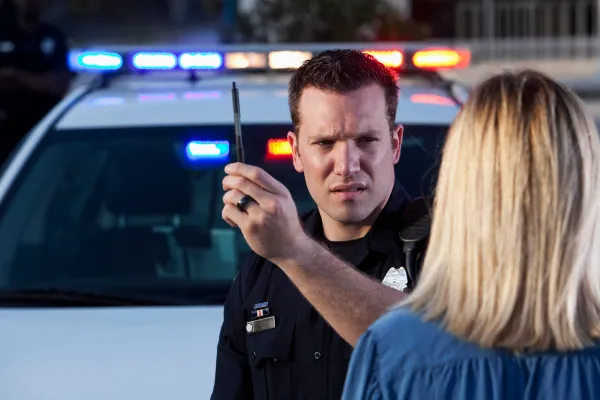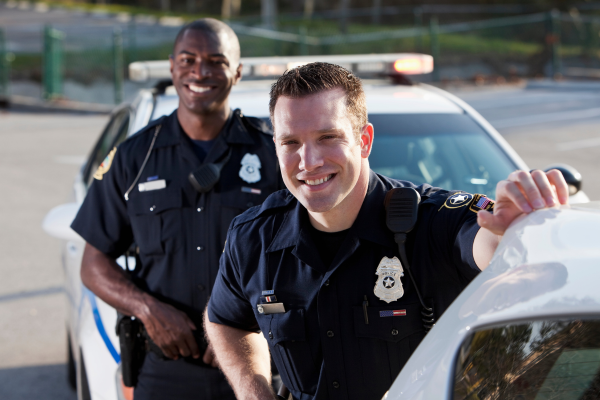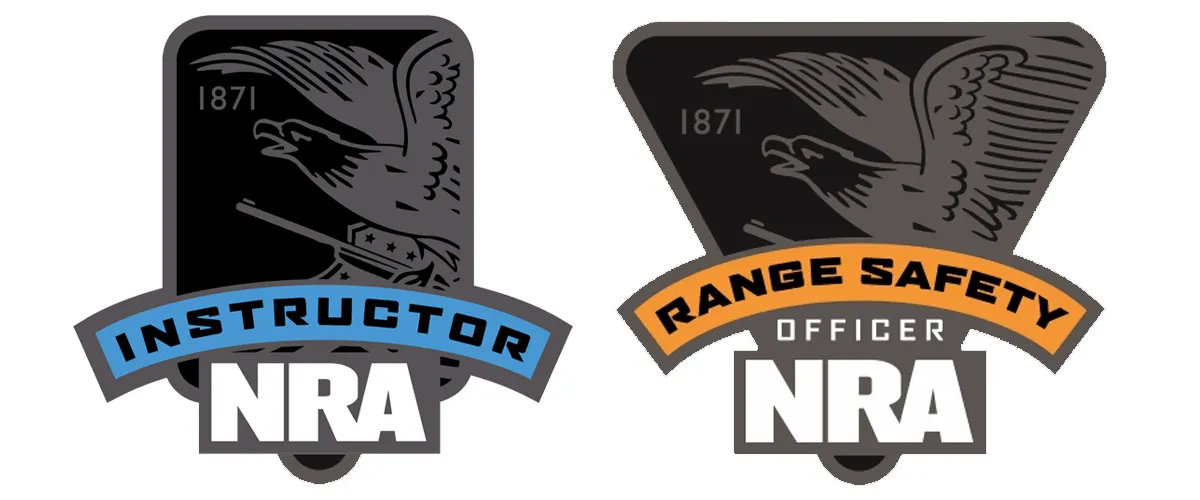
FIREARMS TRAINING
WITH YOUR PEACE IN MIND
WELCOME TO
ETA-FIREARMS
EMPOWER TRAINING ACADEMY
FIREARMS TRAINING WITH YOU IN MIND!
FIREARMS SAFETY & INSTRUCTION COURSES

ETA Firearms is your go-to choice for gun safety classes in Arizona. We also educate for concealed weapon permits, tactical training and more.
Firearms safety courses teach important safety practices and procedures to help prevent accidents and injuries when handling firearms. Being knowledgeable and trained in safe handling techniques can help reduce the risk of accidental discharges and injuries to yourself and others.
NRA CERTIFIED INSTRUCTORS
USCCA CERTIFIED INSTRUCTORS
WOMEN INSPIRED COURSES
ACTIVE SHOOTER TRAINING
FIRST AID COURSES
CONCEALED CARRY WEAPONS
REAL ESTATE AGENT SAFETY
LED CLASSES
It's not only about the novelty of shooting or owning a "gun". It's about our obligation to protect and freely exercise our 2nd Amendment right. We offer a variety of courses created by licensed instructors that teach respect, safety, responsibility and the legal requirements necessary to own and possess a personal firearm in Arizona.



OUR TRAINING COURSES & CLASSES
Taking a firearms safety course is an important step in being a responsible firearms owner and protecting your assets, yourself, and others. It can help you develop the knowledge, skills, and mindset necessary to safely and confidently handle firearms in a variety of situations.
NEW GUN OWNER TRAINING PROGRAM
1:1 & GROUP TRAINING AVAILABLE
SPECIALTY CLASSES & COMBO COURSES
WOMEN ONLY COURSES
CUSTOM CREATED COURSES & GROUPS
Schedule a free consultation here:
Stay Informed Through our Blog

Engaging with Law Enforcement: Collaborative Partnerships for Enhanced Security in Communities

1. Establishing Effective Communication Channels
Regular Meetings:
- Scheduled Interactions: Hold regular meetings between community leaders, local businesses, and law enforcement agencies to discuss current issues, share information, and plan collaborative actions.
- Open Lines of Communication: Maintain open lines of communication through email, phone, and online platforms. This helps in quickly addressing emerging concerns or incidents.
Community Feedback:
- Surveys and Forums: Conduct surveys or community forums to gather feedback on security concerns and perceptions. Share this feedback with law enforcement to address specific issues and improve strategies.
- Public Reports: Encourage community members to report suspicious activities and incidents. Ensure that there are easy and confidential ways to do so, and that reports are communicated to law enforcement.
2. Joint Initiatives and Programs
Crime Prevention Programs:
- Neighborhood Watch: Develop or participate in neighborhood watch programs where community members work closely with police to monitor and report suspicious activities.
- Crime Prevention Workshops: Organize workshops or seminars on crime prevention strategies, safety tips, and emergency preparedness in collaboration with law enforcement.
Youth Engagement:
- School Programs: Partner with schools to run educational programs about safety, the role of law enforcement, and positive interactions with police.
- Youth Outreach: Engage with local youth through mentorship programs, sports events, or community service projects to build trust and prevent criminal behavior.
3. Resource Sharing and Coordination
Shared Resources:
- Equipment and Facilities: Share resources such as surveillance cameras, community centers, or meeting spaces with law enforcement to enhance operational efficiency.
- Funding and Grants: Collaborate on securing grants or funding for community safety initiatives, infrastructure improvements, or technology upgrades.
Incident Response Coordination:
- Joint Response Teams: Create joint response teams for emergency situations that include both community representatives and law enforcement.
- Data Sharing: Share relevant crime data and analytics with law enforcement to help in trend analysis and targeted interventions.
4. Building Trust and Mutual Respect
Community Policing:
- Engagement Strategies: Encourage law enforcement to adopt community policing strategies that involve officers regularly interacting with residents in a positive and non-enforcement capacity.
- Transparency: Promote transparency by sharing information about police operations, policies, and procedures. This builds trust and reduces misunderstandings.
Recognition and Appreciation:
- Acknowledgement: Recognize and appreciate the efforts of law enforcement personnel through community awards, events, or public acknowledgments. Positive reinforcement strengthens relationships.
- Collaboration in Decision-Making: Involve law enforcement in community decision-making processes related to safety and security to ensure their perspectives are considered and valued.
5. Emergency Preparedness and Response
Collaborative Planning:
- Emergency Plans: Work with law enforcement to develop and regularly update emergency response plans for various scenarios, such as natural disasters, public disturbances, or criminal incidents.
- Drills and Exercises: Conduct joint drills and exercises to test and refine response plans, ensuring that both community members and law enforcement are prepared for emergencies.
Crisis Management:
- Crisis Communication: Develop a crisis communication plan that includes protocols for coordinating with law enforcement during and after an incident.
- Support Services: Collaborate on providing support services to victims of crime, such as counseling, legal assistance, and recovery resources.
6. Leveraging Technology and Innovation
Integrated Systems:
- Technology Integration: Integrate community surveillance systems with law enforcement databases to enhance real-time monitoring and response capabilities.
- Crime Mapping: Use crime mapping tools and data analytics to identify and address hotspots of criminal activity in collaboration with law enforcement.
Public Awareness Campaigns:
- Safety Campaigns: Partner with law enforcement to run public awareness campaigns on topics like personal safety, crime prevention, and reporting mechanisms.
- Social Media: Utilize social media platforms to share safety tips, crime updates, and information about community-law enforcement initiatives.
7. Evaluating and Adapting Strategies
Ongoing Assessment:
- Performance Reviews: Regularly assess the effectiveness of collaborative security initiatives and make adjustments based on feedback and changing conditions.
- Benchmarking: Compare the outcomes of collaborative efforts with other communities to identify best practices and areas for improvement.
Feedback Loops:
- Continuous Improvement: Create feedback loops where community members and law enforcement can provide input on the effectiveness of security measures and suggest improvements.
- Adaptive Strategies: Be open to adapting strategies based on feedback and evolving security challenges.
In summary, engaging with law enforcement through collaborative partnerships enhances community security by fostering communication, sharing resources, building trust, and leveraging joint initiatives. These efforts create a more comprehensive and responsive security framework, ultimately leading to safer and more resilient communities.
Monday through Sunday
By appointment only
Copyright © 2024 E.T.A. FIREARMS | All Rights Reserved





